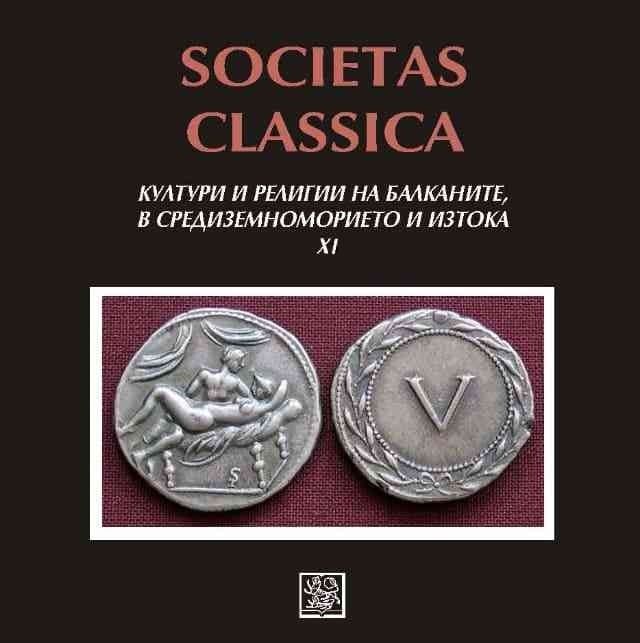Погребалните ритуали в Древен Рим (според античните автори и пластичното изкуство)
The Running Rituals in Ancient Rome (According to Ancient Authors and Plastic Art)
Author(s): Ivanka Doncheva
Subject(s): History, Anthropology, Social Sciences, Customs / Folklore, Ancient World
Published by: Великотърновски университет „Св. св. Кирил и Методий”
Keywords: funeral rituals; 𝑓𝑢𝑛𝑢𝑠; 𝑓𝑢𝑛𝑒𝑠𝑡𝑎𝑒; 𝑐𝑜𝑛𝑐𝑙𝑎𝑚𝑎𝑡𝑖𝑜; ceremony; funeral procession; inhumation; cremation; funeral pyre; 𝑢𝑠𝑡𝑟𝑖𝑛𝑢𝑚; columbarium; sarcophagus; reliefs
Summary/Abstract: The study of burial practices in Rome is both a religious and a legal issue, as there is a special regulation for organizing and conducting the funeral ceremony that was strictly observed. In Rome, as in Greece, caring for the dead was a sacred duty. To leave the dead unburied means to condemn his soul to perpetual wandering, and therefore to create a real threat to the living as the “tortured soul” was filled with malice. Two features distinguish Roman burials: the first is the importance that the Romans give to the deceased being buried and the solemnity with which the funeral ceremony is held, and the second – the lack of representatives of the public cult. Both the one and the other feature relate to the Romans’ beliefs about death. The funeral ceremony in ancient Rome is commonly referred to as the 𝑓𝑢𝑛𝑢𝑠. In a broader sense, this term encompasses the set of rituals observed from the onset of death to the funeral. From the moment of death, the home and family of the deceased become 𝑓𝑢𝑛𝑒𝑠𝑡𝑎𝑒 and stop being such after the funeral. The rituals that preceded the funeral were different from those accompanying the funeral itself. In this report we will try to trace funeral rituals carried out before and after the funeral, based on the testimonies left by ancient authors, archaeological data, and plastic art.
Book: Societas Classica. Култури и религии на Балканите, в Средиземноморието и Изтока. Том 11
- Page Range: 13-32
- Page Count: 20
- Publication Year: 2021
- Language: English, Bulgarian
- Content File-PDF

